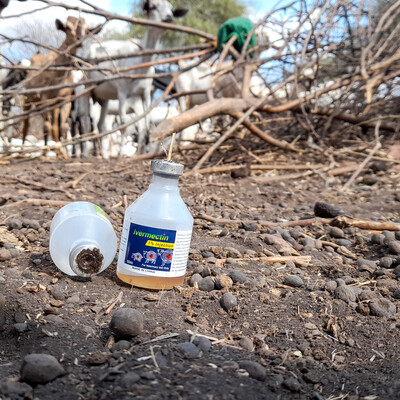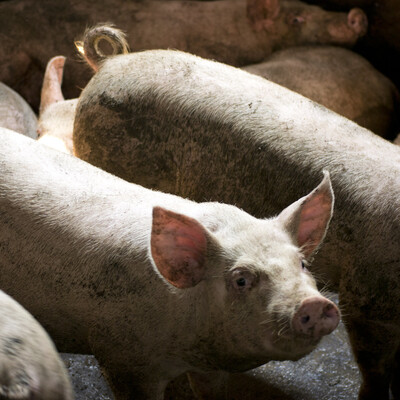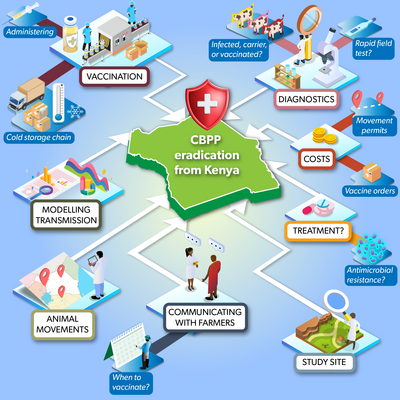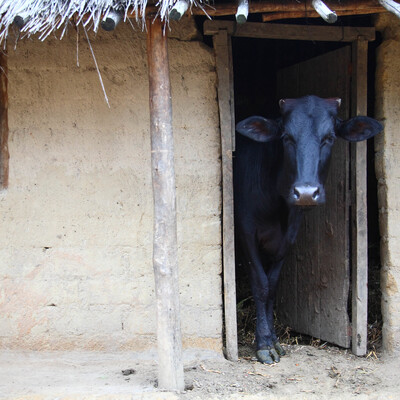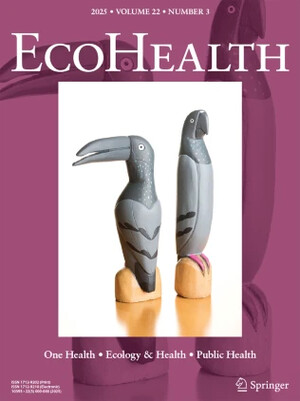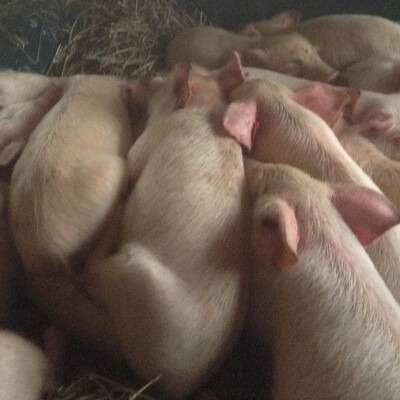
Developing optimal vaccination strategies for Rift Valley fever in East Africa
This project aims to develop optimal Rift Valley fever vaccination strategies that combine periodic preventive vaccination and reactive vaccination in the high-risk periods to replace the current practice where only reactive vaccination is implemented after warnings of heightened disease risk have been issued.
Rift Valley fever is a mosquito-borne viral zoonotic disease that affects sheep, goats, cattle and camels causing devastating losses, especially among pastoral communities that rely on livestock for their livelihoods. The disease occurs in explosive outbreaks following periods of above-normal and persistent rainfall. People can become infected with Rift Valley fever after being bitten by an infected mosquito or through close contact with acutely infected animals or their tissues. In people, the disease manifests itself as a mild influenza-like syndrome in over 80% of cases or a severe disease with haemorrhagic fever, encephalitis or retinitis in a few cases.
Because of its episodic occurrence and predilection for remote pastoral areas, the impact of the disease is often exacerbated by delays in the deployment of prevention and control measures, frequently due to a lack of pre-allocated funds for financing emergency measures. Livestock vaccination is regarded as the most reliable method for controlling the disease.
However, an assessment of emergency vaccination programs implemented after the 2007–08 Rift Valley fever outbreak in eastern Africa and during the 2015 scare showed that vaccination levels achieved were too low to make a difference. Current vaccination approaches have been proven to be ineffective, partly because the risk of Rift Valley fever in eastern Africa evolves rapidly and usually there is not enough time to plan and execute interventions. In addition, areas where the disease is endemic are usually inaccessible during the high-risk periods due to excessive rainfall and flooding preceding outbreaks.
This project, therefore, aims to develop optimal Rift Valley fever vaccination strategies that combine periodic preventive vaccination and reactive vaccination in the high-risk periods to replace the current practice where only reactive vaccination is implemented after warnings of heightened disease risk have been issued. Scientists will seek to use the findings generated from the project to develop Rift Valley fever vaccination strategies which could be used by policymakers throughout the eastern Africa region.
Project activities
- Development of best-bet Rift Valley fever vaccination strategies
- Undertaking of field- and laboratory-based vaccination response studies
- Identification of factors influencing the uptake of Rift Valley fever vaccines
- Refining of the Rift Valley fever decision support framework







